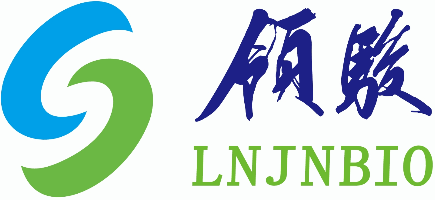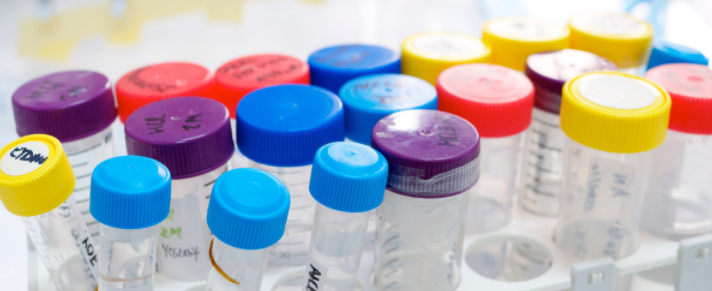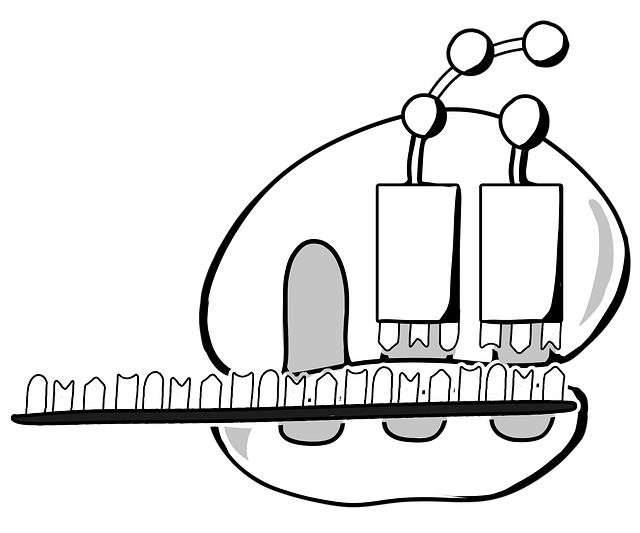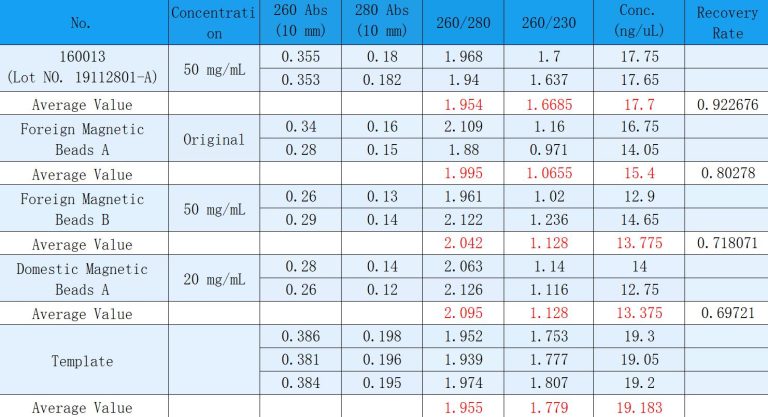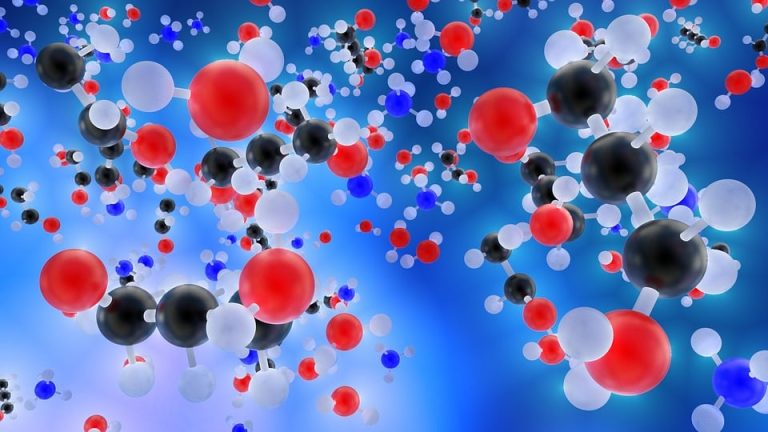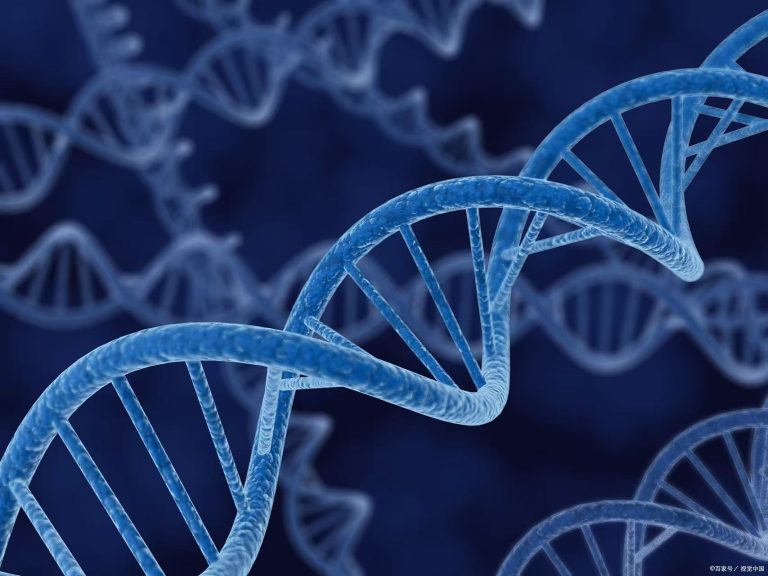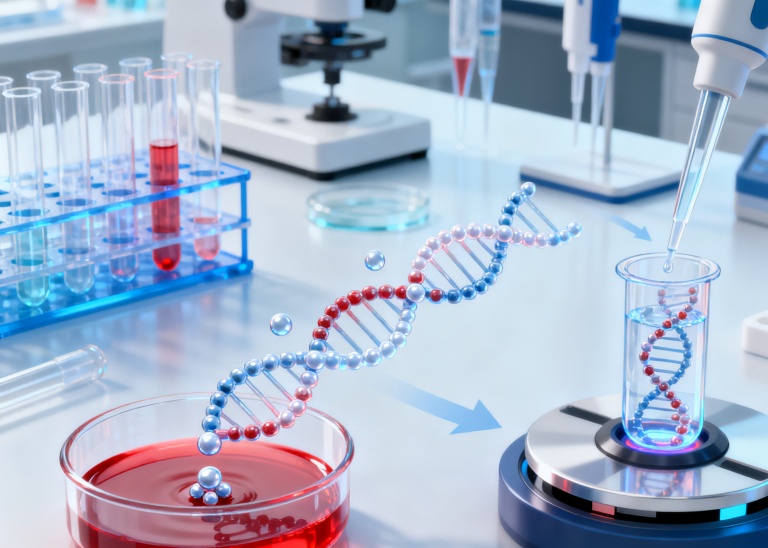Professional Manufacturer of Biomagnetic Beads

Why Is Nucleic Acid A Code Book Hidden In Life?
Introduction
“Have you done your nucleic acid test yet?” This once-sounding greeting has turned “nucleic acid” into a household term. Yet many only know its name, not its essence——It’s not just a pandemic-specific test, but the “codebook of life” embedded in every cell, silently governing everything from our appearance to health.
I. An accidental discovery from pus cells
In 1869, Swiss biologist Michel was studying pus cells in surgical bandages. He wanted to isolate the protein, but he accidentally found a mysterious phosphorus-containing substance. The substance came from the nucleus of the cell, so he named it “nucleus”, which was the first appearance of nucleic acid.
Later, German scientist Max Altman further purified this substance and officially named it “nucleic acid.” By 1929, scientists had finally clarified that nucleic acids exist in two —— forms: DNA (deoxyribonucleic acid) hidden in the cell nucleus and RNA (ribonucleic acid) primarily distributed in the cytoplasm. Much like a codebook with an “original” and a “copy,” DNA serves as the “official archive” of genetic information, while RNA is responsible for “delivering instructions.”
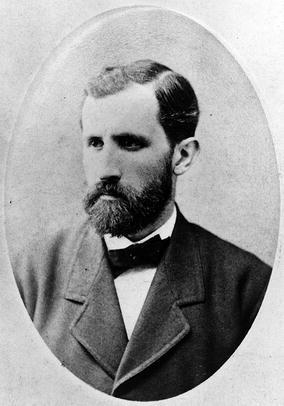
2. Decoding for 100 Years: Nucleic Acids are the “Rulers” of Life
For a long time, scientists mistakenly believed that protein was the key —— to inheritance, after all, it was complex and diverse in structure. It was not until the mid-20th century that a series of key experiments revealed the true nature of nucleic acid.
In 1944, Avery’s experiments with pneumococcus broke the understanding that it was not protein but DNA that could cause genetic changes in bacteria. In 1952, Hershey and Chase’s phage experiments further proved that it was DNA, not protein, that was injected into bacterial genetic material by viruses.
The year 1953 was hailed as the “Year of Life Sciences”: Watson and Crick proposed the DNA double helix model —— based on X-ray diffraction patterns, revealing how two strands intertwine like twisted ropes with base pairing resembling the interlocking teeth of a code lock. This discovery perfectly explained how genetic information replicates and transmits, cementing nucleic acids’ status as the “masters of heredity”. In 1958, Crick further proposed the “Central Dogma”: Genetic information travels from DNA to RNA, then transforms into proteins, thereby initiating life processes.
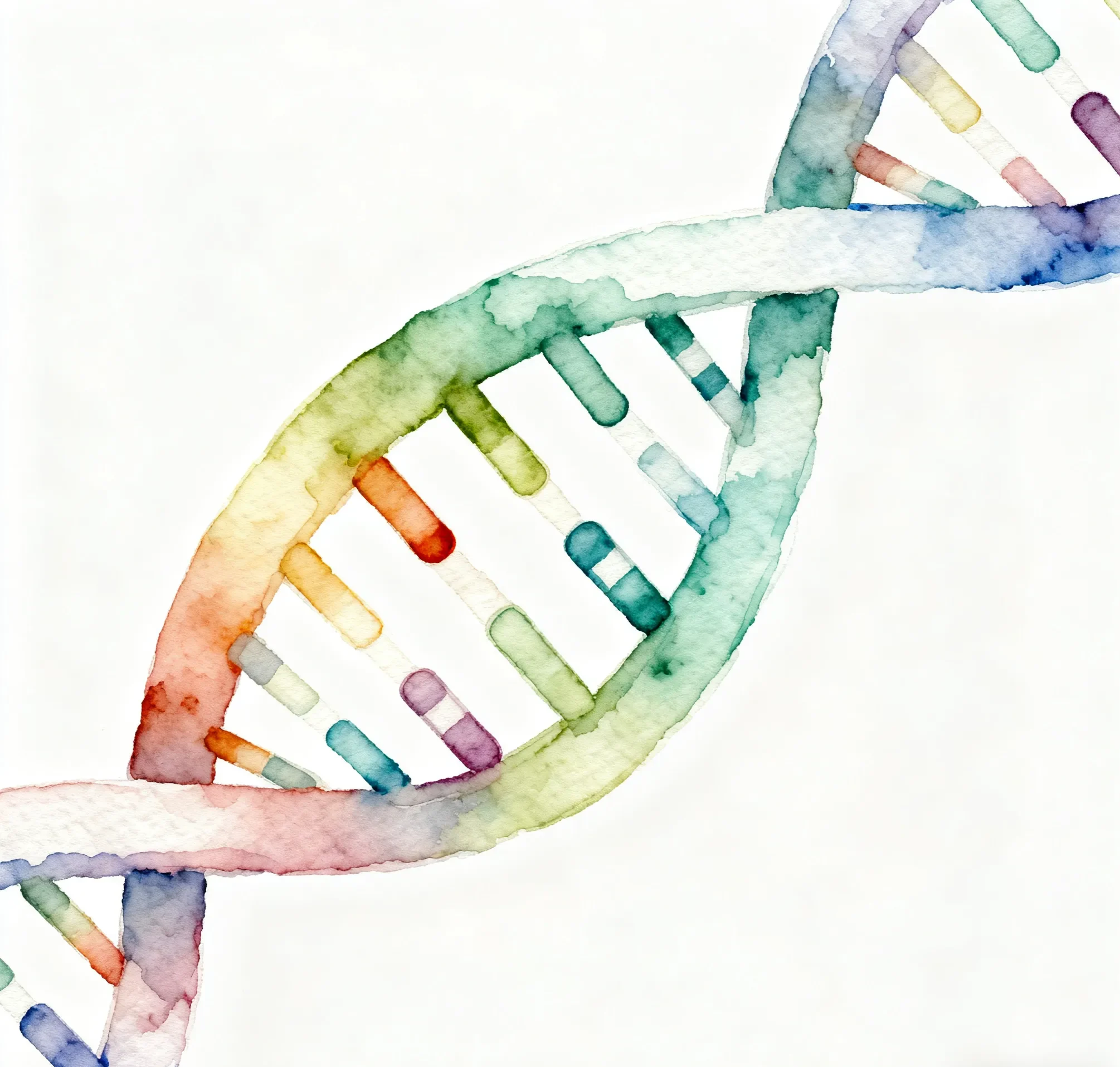
3. The Daily Work of Nucleic Acids: More Than Just Inheritance
The function of nucleic acid is not only to “pass on the family”, it is more like the “omnipotent housekeeper” in the cell:
- Genetic guardian: The genetic fragments in DNA record all the genetic information, such as whether you have single eyelids or double eyelids, and the genetic potential of your height, which are written in the base sequence of DNA. It also has a “repair function” that can repair damaged fragments in time to reduce genetic errors.
- Messenger RNA delivers instructions from DNA to the cytoplasm, directing protein synthesis. Like a workshop director in a factory, it ensures the precise production of enzymes, hormones and other substances needed by the cell.
- Health monitors: Nucleic acids are also involved in immune regulation and metabolic regulation. For example, certain nucleic acid fragments can enhance immunity, help the body resist viral invasion, and coordinate cellular metabolism to maintain normal body function.
4. From the laboratory to life: Nucleic acid technology is around
Today, nucleic acids have moved beyond the laboratory and into every aspect of our lives:
- The “Pioneer” of Epidemic Prevention: The principle of COVID-19 nucleic acid testing involves using PCR technology to amplify viral RNA by a factor of millions. After viral RNA is converted into DNA through reverse transcription, it undergoes 30-40 cycles of temperature amplification. Fluorescent signals then detect the presence of the virus. This process is akin to using a magnifying glass to find a single hair and replicating it into a bundle – making it nearly impossible to miss.
- Early Disease Screening: The “Early Warning System” -Tumor gene testing through blood draws detects circulating tumor DNA (ctDNA). These “DNA fragments” from cancer cells can provide early cancer detection and even guide doctors in selecting targeted therapies. Similarly, thalassemia screening for newborns identifies genetic mutations through nucleic acid analysis.
- The “identity code” in life: Parentage identification depends on the uniqueness of DNA —— Everyone’s DNA sequence is unique, just like a “biological ID card”. In criminal cases, a drop of blood or a hair of DNA can identify the suspect.
- Agricultural “improvers”: By editing the DNA of crops, scientists have bred insect-resistant corn and storeable tomatoes, reducing the use of pesticides and extending shelf life.
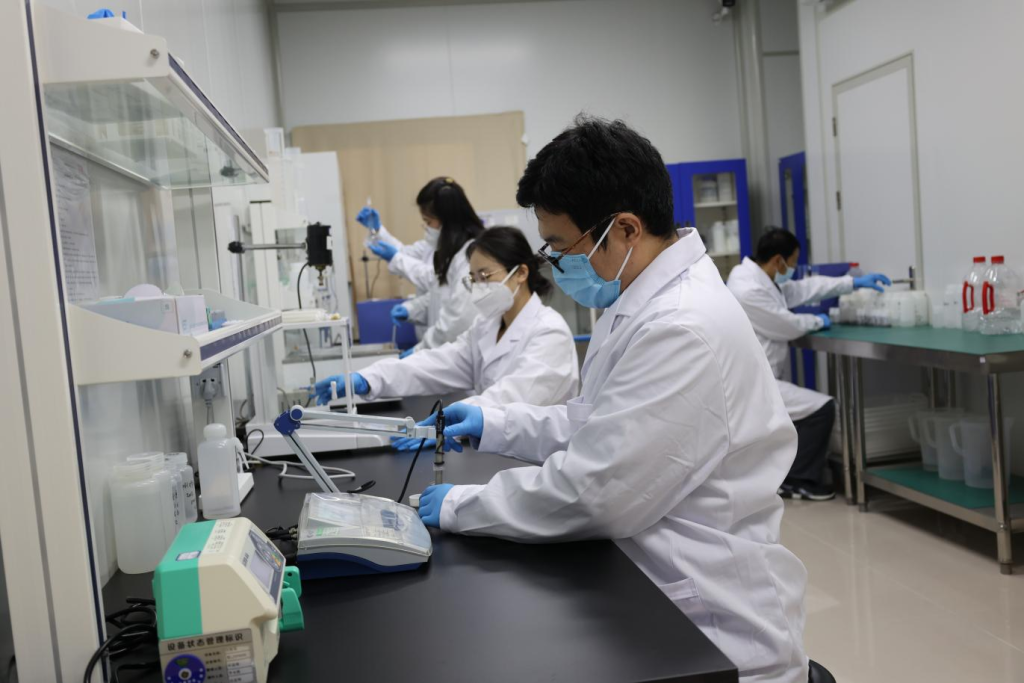
From a serous cell discovery to today’s health guardian, the century-long journey of nucleic acid research mirrors humanity’s quest to decode life’s mysteries. This vital substance resides within every cell, informs medical reports, and shapes disease prevention strategies. The next time you hear “nucleic acid,” remember: this lifelong companion is our secret codebook of existence.
Supplier
Shanghai Lingjun Biotechnology Co., Ltd. was established in 2016 which is a professional manufacturer of biomagnetic materials and nucleic acid extraction reagents.
We have rich experience in nucleic acid extraction and purification, protein purification, cell separation, chemiluminescence, and other technical fields.
Our products are widely used in many fields, such as medical testing, genetic testing, university research, genetic breeding, and so on. We not only provide products but also can undertake OEM, ODM, and other needs. If you have a related need, please feel free to contact us .
